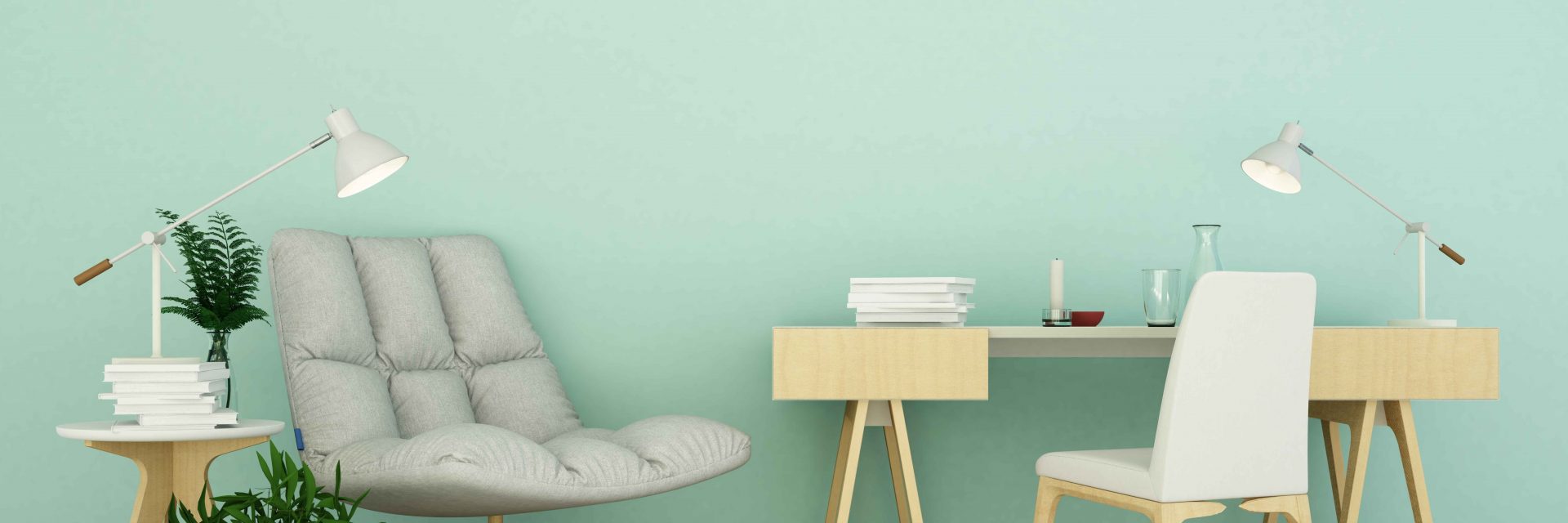Make Use Of The Hidden Influence Of Colors On Your Emotions To Change Your Setting And State Of Mind In Ways You Never Believed Possible
Make Use Of The Hidden Influence Of Colors On Your Emotions To Change Your Setting And State Of Mind In Ways You Never Believed Possible
Blog Article
Material Create By-Dennis Puckett
Comprehending the psychology of shade exceeds plain appearances; it delves into the intricate interplay in between colors and human feelings. The effect of paint selections on state of mind is a remarkable subject that sheds light on how our surroundings can affect our psychological wellness. By checking out just how various shades stimulate specific feelings and reactions, we discover a powerful tool for shaping the setting of our living and functioning areas. The following time you grab a paintbrush, think about the profound ramifications your color option may have on your inner globe.
Shade Psychology Basics
Recognizing color psychology is important for understanding the impact of various shades on human emotions and actions. Color psychology is the study of how colors can affect people' understandings, feelings, and activities.
Different shades can evoke certain emotional actions, resulting in varying impacts on state of mind and behavior. Shades can be generally classified right into warm shades, such as red, orange, and yellow, and amazing shades, consisting of blue, green, and purple. Cozy shades tend to be related to power, heat, and enjoyment.
On the other hand, amazing colors are usually linked to calmness, leisure, and harmony. Understanding these basic associations is important when considering the psychological effect of color choices in various setups.
Furthermore, social and individual experiences can also play a considerable function in just how people view colors. As an example, red may signify love and passion in one society, while it can stand for danger or warning in another.
As a result, when picking shades for a room, it is vital to think about the more comprehensive context and possible interpretations to develop the preferred emotional ambience.
Impact of Warm Shades
Warm colors, such as red, orange, and yellow, have an extensive impact on individuals' emotional reactions and habits. These tones are frequently related to feelings of heat, power, and convenience. Red, as an example, is understood to stimulate solid emotions like passion, excitement, and also rage. It can increase heart prices and develop a feeling of seriousness.
Orange is a color that incorporates the power of red and the happiness of yellow, making it an inviting and friendly selection. Yellow, the color of sunlight, is linked to sensations of delight, positive outlook, and creativity.
When made use of in interior spaces, cozy shades can make an area feel cozy and welcoming. They can boost discussion and produce a lively atmosphere, making them suitable for social locations like living rooms or dining rooms. Nonetheless, https://homepaintersnearme65432.glifeblog.com/32867299/as-you-embark-on-the-mission-to-offer-your-home-a-make-over-explore-the-insights-on-just-how-to-choose-the-best-paint-shades-and-prepare-your-location-for-a-remodelling to utilize warm colors in moderation, as they can additionally be frustrating if made use of exceedingly.
Results of Cool Tones
Awesome tones, such as blue, green, and purple, are recognized for their calming and comforting effects on people' emotions and psychological health.
Blue, often connected with tranquility and peacefulness, has been revealed to reduced high blood pressure and heart prices, making it an excellent color option for spaces where relaxation is essential, like rooms or living spaces.
Green, similar to nature and revival, can evoke feelings of equilibrium and consistency, promoting a sense of peace and renewal. https://news.artnet.com/buyers-guide/7-questions-celeste-rapone-josh-lilley-2274616 makes green a prominent choice for office or locations where focus and concentration are important.
Purple, a mix of calming blue and stimulating red, can influence imagination and introspection while also cultivating a serene setting.
These amazing tones are particularly advantageous in spaces where tension alleviation and mental clarity are desired, producing a peaceful atmosphere that urges relaxation and psychological well-being. By incorporating great tones into interior decoration with paint options, people can positively affect their state of mind and overall frame of mind.
Conclusion
In conclusion, the psychology of color plays a significant function in influencing one's state of mind and emotions.
By purposefully selecting paint colors based upon cozy or great tones, people can create atmospheres that evoke specific sensations such as excitement, relaxation, or peace.
Comprehending the emotional feedbacks related to various colors can assist people improve their general wellness and mood in various rooms.
